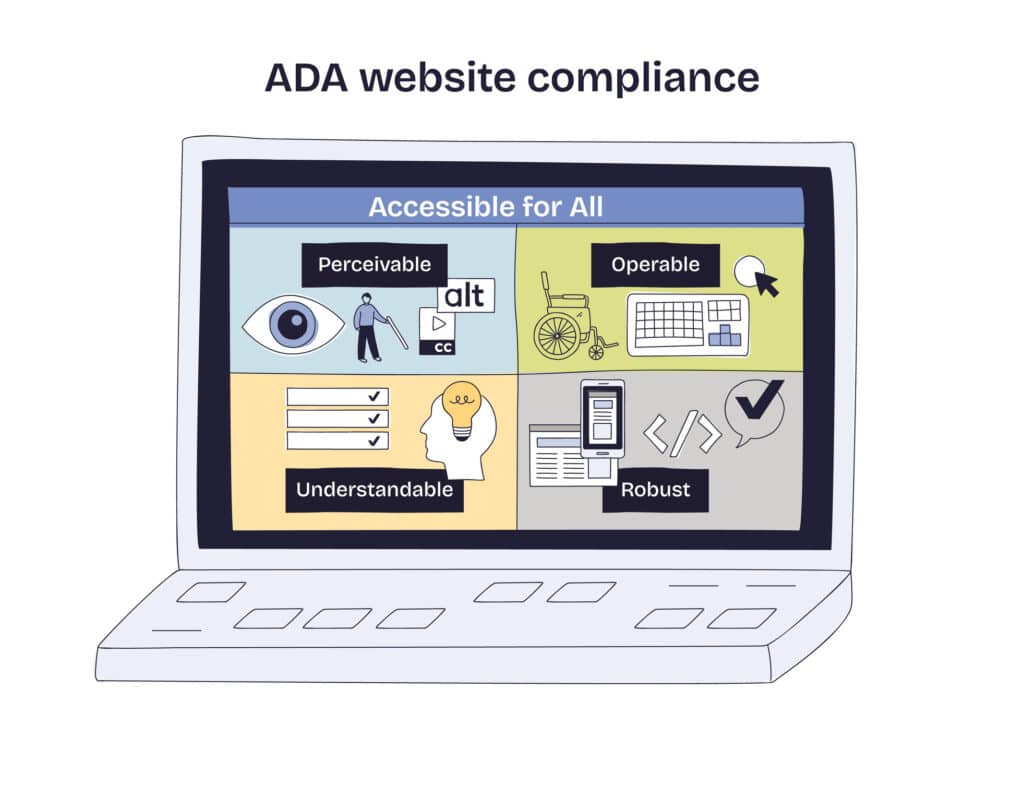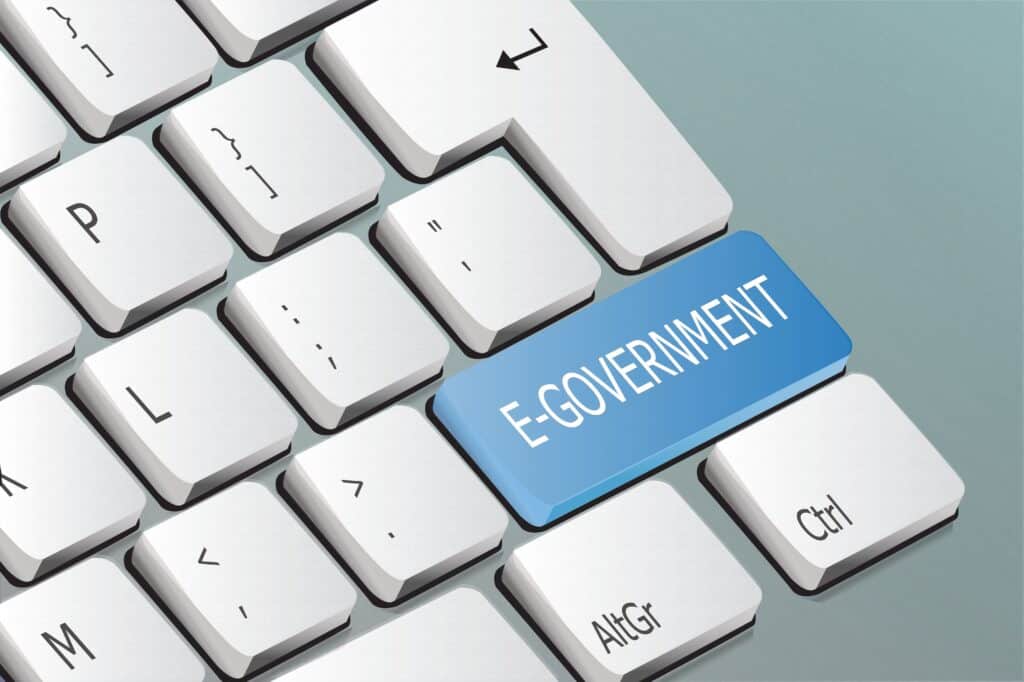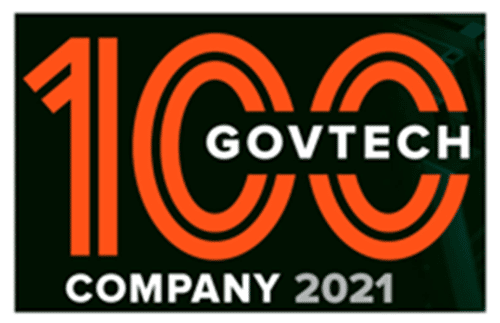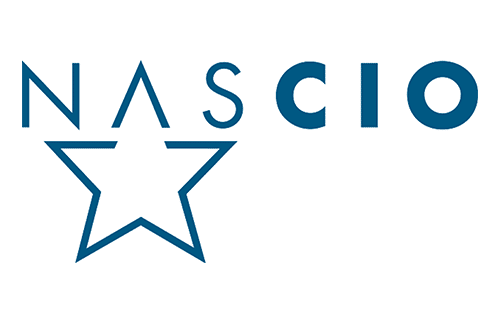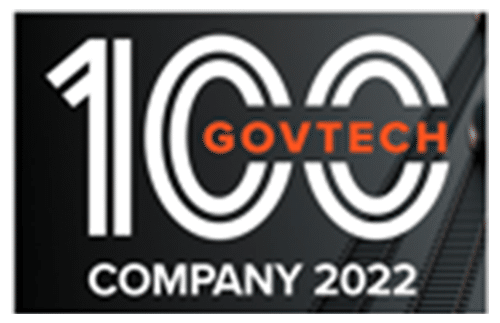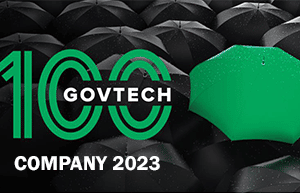In government, the COVID-19 era will not only be remembered for shutdowns, social distancing, PPE and flattening the curve, but also for the acceleration of state and local government digital transformation.
With access to government offices still largely on hold, many government agencies have started offering new virtual experiences with automated workflows and digital forms solutions for its constituents as well as government employees.
We’ve seen it ourselves with our customers who are embracing the shift to no-code, cloud-based government automation solutions, including the California Department of Motor Vehicles and the City of San Jose, just to name a couple.
The California DMV has accelerated its technology modernization efforts by creating a digital DMV experience, namely the Virtual Field Office (VFO), allowing residents to conduct more transactions online. The City of San Jose has recently shifted to the SimpliGov cloud-based platform to help streamline federal emergency funds requests related to COVID-19, as well as a host of other processes that the City of San Jose is digitizing with SimpliGov.
Adapting to the “new normal,” governments across the U.S. are seeing the need to move past not only manual processes and PDF forms, but also increasingly move away from legacy electronic signature (e-signature) point-solutions.
Indeed, the cost variability, complex integrations, inflexibility and subpar notifications of these legacy e-signature products are fast becoming a source of new “pain points” for government, making reliance on legacy e-signature solutions a greater challenge than ever.
The unique needs of government customers have only accelerated the need for easy to use and integrated native solutions like SimpliSign from SimpliGov. In response, SimpliGov not only launched SimpliSign but also recently added new enhancements, which are based
To understand the significance of an integrated, native e-signature solution versus a legacy, standalone product, it’s important to understand how the landscape for the use of e-signatures has evolved.
Rising Uncertainty and Costs Associated with Legacy E-signature Solutions
When a state or local government makes a form available online for the first time because, due to the pandemic mitigation measures, constituents can no longer physically go to a government field office to fill out paperwork manually, adoption is unsure. Government officials do not know if 50,000 people, 100,000 people or more people will use the e-signature function that the government provides as part of its digital offering.
This is unsettling for a government because the current, common pricing model of many standalone e-signature products in the market are often based on “per transaction” pricing models. Legacy signature solutions are outdated in this regard, and can restrain adoption of new digital processes during a time where delivering services to constituents through digital platforms has never been more critical.
Commoditization of Standalone E-signature Solutions
Although the importance of e-signature is clear, government is now beginning to understand what industry has known for many years – standalone, legacy e-signature solutions have largely become commoditized. Where once there was a large market for standalone e-signature solutions, the evolving needs of government customers and availability of new solutions for government digital transformation, including SimpliSign from SimpliGov, has largely disrupted the traditional e-signature world.
Governments are now increasingly questioning why would they have to pay per transaction or need to integrate multiple vendor solutions to have a complete workflow automation platform with e-signature. Why should government have to pay for e-signatures separately, or by transaction, when the capability already exists within native solutions in holistic automation platforms, such as SimpliGov, and is already included in the platform subscription price?
As digital transactions continue to accelerate in government, the existing model of pricing for e-signatures no longer works. If stuck on paying for e-signatures per transaction, a government could suddenly see a massive spike in costs – when a higher-than-expected number of people use the digital government form – that could cause a major issue with budgeting.
In addition, by having two or three different products constitute a complete workflow automation solution, an agency or department could be held down by a subpar workflow product and incumbered by numerous vendor contracts to manage.
Although most solutions can integrate, the reality of managing multiple vendor relationships and implementing complex system integrations leaves many government customers questioning the value, ease of use and time-to-value of complex, legacy workflow automation and e-signature solutions.
What Can Be Done About the Challenges?
The solution to the cost challenge and the standalone product limitations is for government to search for a complete workflow automation platform with a native e-signature capability already priced into the overall automation solution.
This would eliminate the “per transaction” cost that simply does not work in the digital government ecosystem. It would neutralize the threat of spiraling costs to government and provide badly needed cost management and transparency.
Furthermore, ease of use and ease of configuration, which integration ensures, are now higher on the list of government priorities.
User experience is also being redefined for government workflows and online forms with e-signatures. Notifications are critical to forms, but today’s commonly-used e-signature products deliver a user experience that is marked by oftentimes redundant and aggravating notifications.
For e-signatures to adapt to the new normal, the e-signature solution should provide advanced notification functionality for a better user experience. This translates into notifications that are intuitive and a natural part of the process, delivering the right notification at the right time to the right people and completely seamless.
“Sign” of the Times
Government is now expecting the same functionality and pricing models already in use in commercial industry. If citizens are already used to innovative and easy workflows, forms and e-signature experiences, why would government provide anything different?
The time for complex, excessively long time-to-value implementations has largely passed. Governments no longer have months or years to deploy new solutions. They have to get it done in weeks or even days. Moreover, every tax dollar spent has to have immediate ROI. Government adoption of cloud based, SaaS solutions for workflows, forms and e-signatures is here.
All of these reasons and questions underscore why the enhanced SimpliSign from SimpliGov represents the future of e-signatures in workflow automation used by government.
Newly Enhanced Version of SimpliSign
SimpliSign is already part of the SimpliGov platform for workflow automation and online forms, and it’s easy to integrate, configure and use. The same experience that our customers enjoy about our no-code, intuitive SimpliGov platform is fundamental to SimpliSign. It is now enhanced with a signature delegation capability that allows users to conveniently delegate signature to another user.
The enhanced version of SimpliSign also delivers advanced notification functionality that is an advancement over legacy e-signature solutions, which can cause frustration with many unnecessary and duplicate notifications.
Furthermore, the SimpliSign dashboard enables the viewing and managing of e-signature transactions, allowing documents and their audit trail (certificate) to be viewed, signed, delegated, or cancelled from a central dashboard that is linked to the corresponding workflow records (all without requiring individual user licenses to access).
Government is moving more rapidly than ever to accelerate delivery of digital services to constituents. Using outdated, legacy solutions just doesn’t fit in the new paradigm that is government digital transformation The SimpliGov Automation Platform, featuring SimpliSign, represents the new wave of cloud-based, innovative solutions redefining what is possible in government today.




